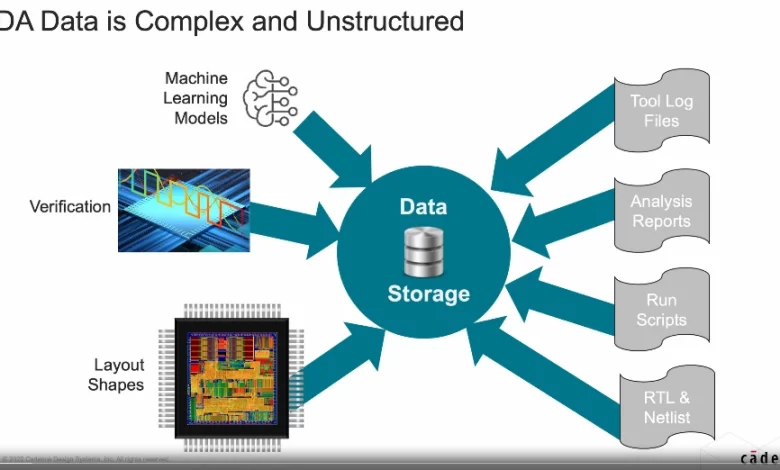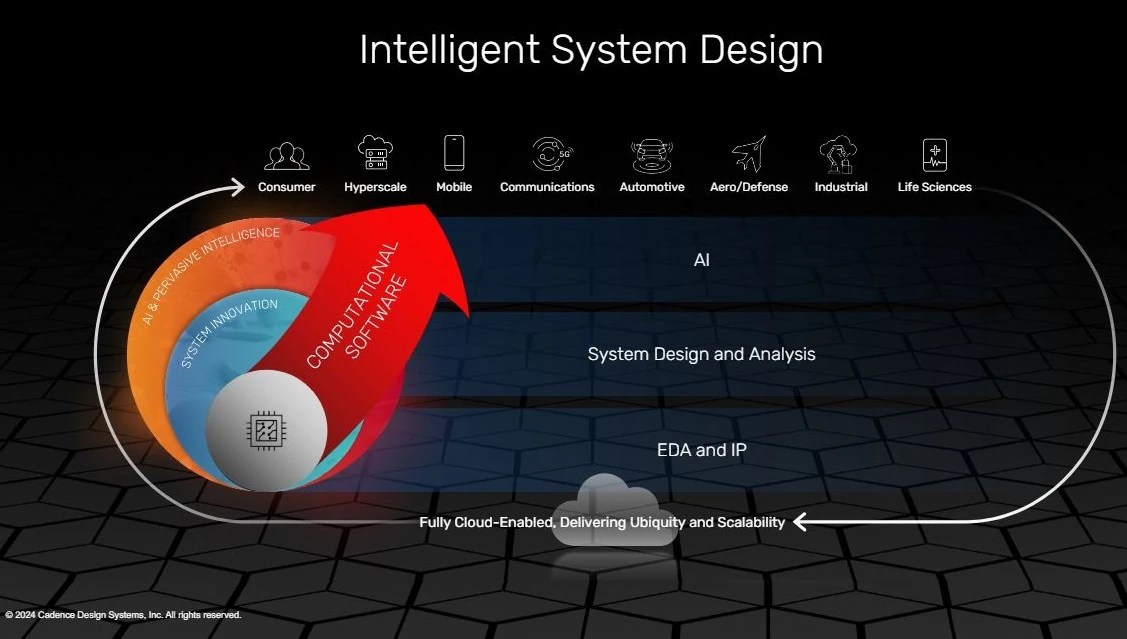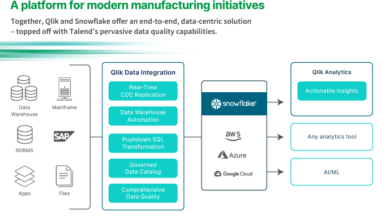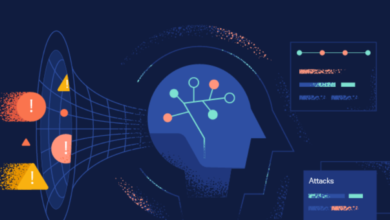AI-Powered Data Analytics To Revolutionize The Semiconductor Industry

In the age where data reigns supreme, the semiconductor industry stands on the cusp of revolutionary change, redefining complexity and productivity through a lens crafted by artificial intelligence (AI). The intersection of AI and the semiconductor industry is not merely an emerging trend—it is the fulcrum upon which the next generation of technological innovation balances. Semiconductor companies are facing a critical juncture where the burgeoning complexity of chip designs is outpacing the growth of skilled human resources. This is where the infusion of AI-powered data analytics catalyzes a seismic shift in the industry’s approach to efficiency and productivity.
AI in semiconductor design: A revolution beckons
With technological leaps like 5G, AI, and autonomous vehicles driving chip demand, the status quo for semiconductor design is no longer sustainable. Traditional design methodologies fall short in addressing the challenges presented by these new technologies, and the need for a new approach is non-negotiable. AI, with its capacity to process massive datasets and learn from patterns, offers a revolutionary solution. Gathered with vast amounts of electronic design automation (EDA) data, machine learning algorithms can pave an efficient path through design complexities.
Navigating the complexity of EDA data with AI
The core of semiconductor design lies in the complexity of EDA data, which is often disparate, unstructured, and immensely intricate, existing in various formats ranging from simple text to sophisticated binary machine-readable data. AI presents a beacon of hope in taming this beast by enabling the industry to store, process, and analyze data with unprecedented efficiency.
AI-enabled data analytics offer a path through the labyrinth of EDA complexity, providing a scalable and sophisticated data storage and processing solution. By harnessing AI’s capabilities, the semiconductor industry can dissect, organize, and distill data into actionable insights, elevating the efficacy of chip design processes.
Leveraging AI in design excellence
Informed decisions are the cornerstone of successful chip design, and the fusion of AI-driven analytics with semiconductor engineering marks a watershed moment in the industry. AI’s ability to comprehend and process unstructured data at scale enables a deeper understanding of design challenges, yielding solutions that optimize SoCs’ power, performance, and area (PPA).
AI models, fed by fragmented data points from EDA compilation, can predict bottlenecks, performance constraints, or power inefficiencies before they impede the design process. This foresight empowers engineers with informed design decisions, fostering an efficient and anticipatory design culture.
Reimagining engineering team efficiency
One of the most significant roadblocks in the semiconductor industry has been aligning designer resources with the exponential growth of chip demand. As designs become complex, they evolve into multifaceted systems on chips (SoCs) housing myriad hierarchical blocks that accumulate vast amounts of data throughout the iterative development cycle. When harnessed effectively, this data possesses untapped potential to elevate the efficiency of engineering teams.
Consolidating data review into a systematic, knowledge-driven process paves the way for accelerated design closure and seamless knowledge transfer between projects. This refined approach can significantly enhance the productivity of engineering teams, a crucial factor if the semiconductor industry is to meet the burgeoning chip demand without exponentially expanding design teams.
Ensuring a systemic AI integration
For the full potential of AI to be realized, a systemic integration across the semiconductor ecosystem is paramount. This integration spans the collection and storage of data and the development of AI models attuned to the industry’s specific needs. Robust AI infrastructure, equipped to handle the diverse data formats, is the cornerstone of this integration. AI models must complement it and be fine-tuned to the peculiarities of semiconductor design, ensuring that the insights they produce are accurate and actionable.
Cultivating AI competencies within engineering teams
As AI plays a central role in the semiconductor industry, it highlights the need for AI competencies within engineering teams. Upskilling the workforce to leverage AI tools and platforms is a critical step toward a harmonized AI ecosystem. This journey toward proficiency entails familiarization with AI concepts and a collaborative approach that blends domain expertise with AI acumen. Engineering teams adept at harnessing AI can unlock its full potential and become pioneers of innovation in the semiconductor landscape.
Intelligent system design
At Cadence, the conception of technological ecosystems is encapsulated within a framework of three concentric circles—a model neatly epitomized by the sophistication of an electric vehicle. The first circle represents the data used by the car; the second circle represents the physical car, including the mechanical, electrical, hardware, and software components. The third circle represents the silicon that powers the entire system.
The Cadence.AI Platform operates at the vanguard of pervasive intelligence, harnessing data and AI-driven analytics to propel system and silicon design to unprecedented levels of excellence. By deploying Cadence.AI, we converge our computational software innovations, from Cadence’s Verisium AI-Driven Verification Platform to the Cadence Cerebrus Intelligent Chip Explorer’s AI-driven implementation.
The AI-driven future of semiconductor innovation
The implications are far-reaching as the semiconductor industry charts its course into an AI-driven era. AI promises to redefine design efficiency, expedite time to market, and pioneer new frontiers in chip innovation. The path forward demands a concerted effort to integrate AI seamlessly into the semiconductor fabric, cultivating an ecosystem primed for the challenges and opportunities ahead.
Semiconductor firms that champion AI adoption will set the standard for the industry’s evolution, carving a niche for themselves as pioneers of a new chip design and production paradigm. The future of semiconductor innovation is undoubtedly AI, and the time to embrace this transformative force is now.
Cadence is already at the forefront of this AI-led revolution. Our Cadence.AI Platform is a testament to AI’s power in redefining systems and silicon design. By enabling the concurrent creation of multiple designs, optimizing team productivity, and pioneering leaner design approaches, Cadence.AI illustrates the true potential of AI in semiconductor innovation.
The harmonized suite of our AI tools equips our customers with the ability to employ AI-driven optimization and debugging, facilitating the concurrent creation of multiple designs while optimizing the productivity of engineering teams. It empowers a leaner workforce to achieve more, elevating their capability to generate a spectrum of designs in parallel with unmatched efficiency and precision, resulting in a new frontier in design excellence, where AI acts as a co-pilot to the engineering team, steering the way to unparalleled chip performance. Learn more about the power of AI to forge intelligent designs.




